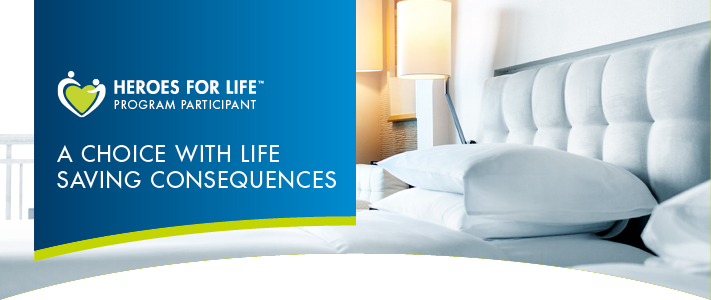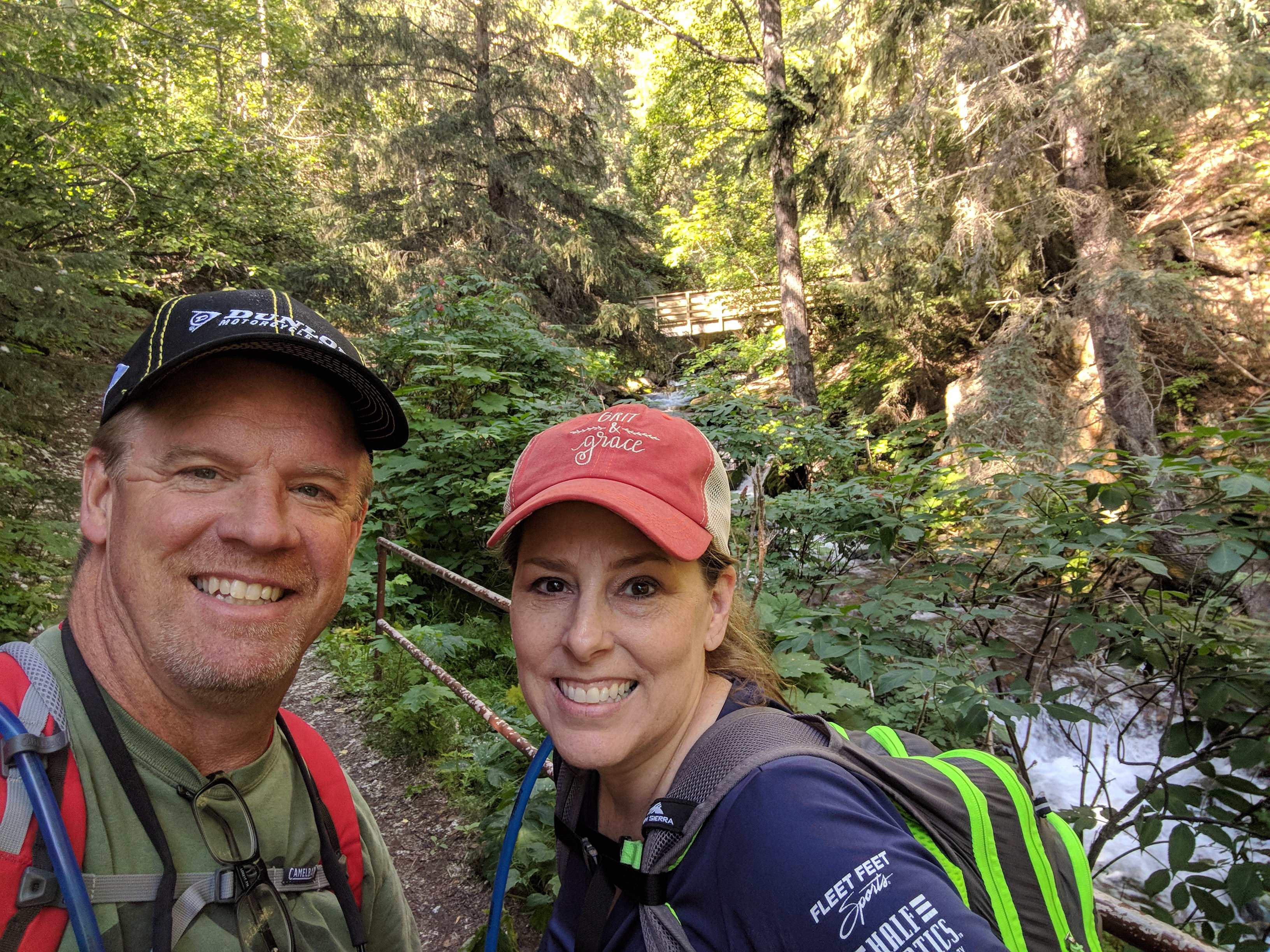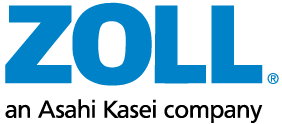
Cheryl Olson had a choice: accompany her husband on a business trip to Leavenworth, Wash., or stay home and attend their daughter’s opening night performance of Beauty and the Beast at the local theatre. At first, the choice seemed simple. After all, there’s only one opening night, and it wasn’t routine for Cheryl to go on Dave’s business trips. But she couldn’t shake the feeling that she should go with him this time. Little did either of them know as they packed their bags, that this decision would save Dave’s life.
Their first night in Leavenworth, Cheryl woke up at about 4 a.m. “Dave was making a strange sound. Now I know that it was agonal breathing—or death rattle. I turned on the light and tried to get his attention. He looked like the lights were on, but nobody was home,” she says. For a moment it looked like Dave was choking, and his body slumped.
Cheryl checked to see if Dave was breathing— he wasn’t—and quickly called the front desk from the hotel phone. “At that point, my CPR training kicked in. I told her, ‘My husband’s not breathing, call 911,’” Cheryl says.
She proceeded to initiate CPR when 911 called back immediately. "He coached me through it. I remember having to put the phone down, but I could hear him. He kept counting 1-2-3-4 while I continued the CPR. It’s every bit as exhausting as they say it is, and it felt like I was doing it forever—but it was probably 10 minutes, tops.”
A life-saving AED shock
A police officer arrived first on the scene and took over CPR for Cheryl. Firefighters and paramedics followed shortly after, each taking over for the previous resuscitator while Dave was prepped and set up with intravenous lines. About 11 minutes after Dave’s heart stopped, a paramedic administered a shock with a ZOLL® automated external defibrillator (AED). Nothing. Luckily, the second shock did the trick, and some 15 minutes after the sudden cardiac arrest (SCA), Dave’s heart started beating again.
Luckily, the second shock did the trick, and some 15 minutes after the sudden cardiac arrest (SCA), Dave’s heart started beating again.
That wouldn’t be the last time Dave would need a defibrillating shock. Since the incident in Leavenworth, Dave has undergone additional AED shocks and he has had several V-fib procedures done, including having a cardioverter defibrillator implanted.
To everyone’s surprise, Dave soared through rehabilitation. “I can’t tell you how many medical professionals looked at Dave’s chart and said, ‘It doesn’t match up. He should have neurological issues. He should be affected. There should be a lot more wrong with him, and there isn’t,’” Cheryl says.
“I’m very blessed to not have any of the problems others have,” Dave says. “I have no short-term memory issues, no deficits or defects that some people allude to. I feel totally fine—just like I did before.”
The importance of CPR training
Cheryl attributes Dave’s healing, in part, to the support they received from friends, family, and even strangers as their daughters shared the story on social media.
 Dave Olson and his wife Cheryl encourage everyone to know CPR. |
But no one can deny the importance of Cheryl’s presence that fateful night. They still don’t know why Dave’s heart frequently goes into V-fib, but they do know that knowing CPR and calling for an AED was essential. Cheryl’s ability to immediately deliver CPR during the critical seconds following Dave’s SCA helped keep blood flowing to his brain. “They tell you in CPR training that you could be out in public or in the workplace when you need to perform CPR,” Cheryl says, “but in my circumstance, it was my love and best friend that I had to do CPR on. I want people to realize that by learning CPR, you could save your dearest one’s life.” |
